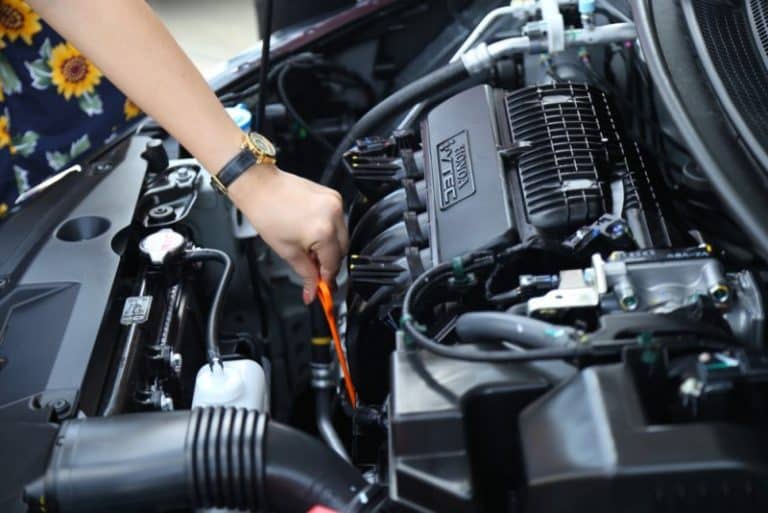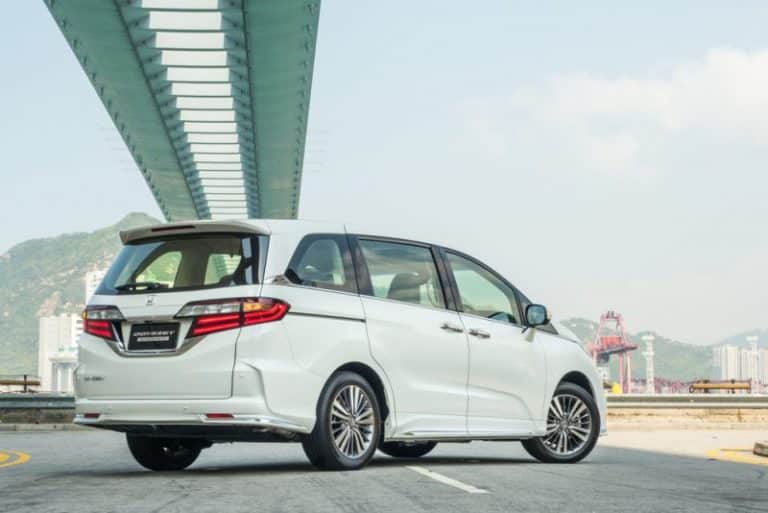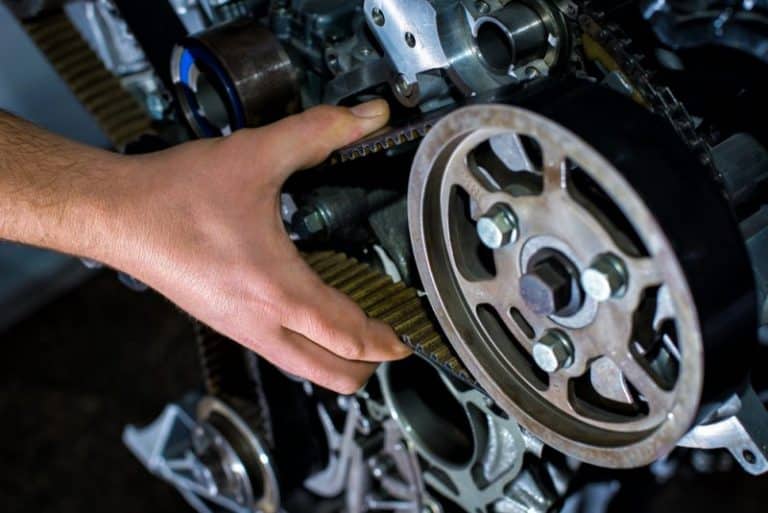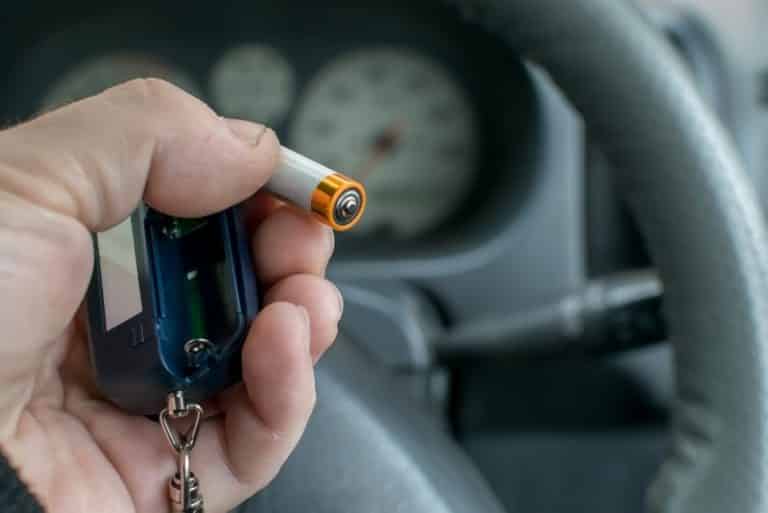Does Honda Use Fake Engine Noise? (Let’s Find Out)
Do you like how your engine sounds when you drive? There are several parameters to look at when considering the performance of a Modern Car.
Most car users believe that the newer and more modern their vehicles, the less noise they should make. Sometimes, your car makes less noise but releases more sound to you.
We will find out if your Honda car fakes the noise it produces.
Honda uses Fake Engine Noise; you can hear this noise whenever you step on the accelerator. The engine’s noise is usually accentuated and may not be the original noise the engine makes. The fake engine sound plays from the speakers into the interior so that you can hear them when you drive.
Does Honda Use Active sound Control?

Aside from the fake engine noise, active sound control is also employed, whereby there is a deliberate, active sound cancellation.
This feature is employed to ward off the noise from the engine so that the drivers and the passengers do not get to hear when the vehicle moves.
The makers of internal combustion engines continue to advance in making these engines.
Most of these advancements made quieter engines with little or no noise heard when you drive them.
However, drivers who have been accustomed to previous models of cars sometimes get uncomfortable with this advancement.
They are used to the engine sounds they hear from the vehicles, which forces them to give up their driving instincts.
The manufacturers then make the vehicles produce fake noise to mimic the sounds that the drivers have adapted to.
You can hear fake engine sounds from the vehicle audio. This sound is enhanced to make the engine sound more powerful.
The sound from the vehicle Audio uses the mechanism of acoustic enhancement techniques to achieve a synthesized vehicle sound.
In the combustion engine, gasoline burns by cylinders. The resultant effect is the production of energy and sound. Can I Put Premium Gas In My Honda Fit?
The energy powers the vehicle and propels it to move while the sound returns to its interior. Manufacturers achieve this by using the Engine sound enhancement (ESE) Technique.
This technology enables producers to amplify engine sounds using synthesized noise derived from live engine data.
They include the movements of the cylinder, engine revolutions per minute (RPM), and engine torque.
This sound relays through car speakers or the vehicle stereo system.
In Active sound control, manufacturers take advantage of the enhanced sound of the engine to boost engine power without the mechanical alterations which other techniques may need. You may know whether Honda BR-V Have Cruise Control?
How Does Fake Engine Sound Work?
Most drivers do not appreciate the sound they get from their Honda; they consider it fake or deceptive.
In some cases, drivers cannot tell the difference between the sound they hear from the vehicle.
Therefore, they believe this sound is normal since it keeps them in touch with their engine.
Depending on the model of Honda you own, you may also experience Fake Engine Noise. It is a component of your Honda vehicle’s Active Sound Control system.
A model of Honda known to use the Engine Sound Enhancement technique actively is the Honda Civic.
The sound recorded may be heard as a buzzy, fizzy noise when you step on the accelerator.
In some other cases, depending on the speed, the sound heard is usually a low-pitched, roaring sound that mimics a conventional gasoline engine.
Other vehicles apart from your Honda also use the sound enhancement system. For example, the BMW Active sound technology is also well-known with this system.
Other sound alterations exist in the sound system of your Honda vehicle. These alterations could be in the form of active noise cancellation.
And this is a fake engine sound produced when the sounds are suppressed and altered. It is also a part of your Honda’s active sound control system.
How Does Active Noise Cancellation Work?
With active noise cancellation, the software processes the existing vehicle hardware to eliminate the sound produced by the tires, the engines, and the wind.
These sounds constitute an undesirable by-product as the vehicle is driven from one place to another.
Therefore, this sound is either eliminated or suppressed altogether in a technique referred to as the harmonic order.
In this technique, undesirable sounds from the engine and tires are picked up by sensors and taken away from the vehicle’s interior.
The noise detected by these sensors sends them directly to a digital signal processor.
This signal processor cancels the sound produced by generating a signal with an inverted phase.
In simpler terms, the signal produced by the engine is one wave, and the signal produced by the processor is another.
These waves move in the same direction, but one is inverted, thereby colliding with each other. This collision cancels the effect of both sounds, thereby nullifying the sound that generates.
It forms a system of active sound control where the noise produced by the engines, the tires, and the wind from the exterior is prevented from getting into the interior.
Other systems of noise cancellation exist in Honda. This feature is known as passive noise cancellation, using the muffler and insulation of your car to ward off sound considered as noise.
Most car users appreciate the tranquil and near silence their Honda provides. The importance of the Active sound control system in these cases is that the unwanted noise is being masked.
And this gives your Honda a stealth drive and prevents noise from disrupting the quietness of the interior when you drive around.
However, some drivers still consider this masking fake as it does not allow them to listen to the sound their engine makes when they drive.
Cars Using FAKE Engine Sound!
Conclusion
Honda employs an active sound control system to either enhance the sound or cancel it altogether. Depending on the model of honda you own, they present one of these systems.
In a fake engine sound system, noise from the engine is being enhanced and transmitted via the car stereo and played in the interior, which gives a feeling of driving a powerful engine even though the engine is quiet.
On the other hand, excess noise is being suppressed or canceled by the sound harmonic system.
And this gives your Honda a quiet ride blurring the noise from the engine and tires as you drive.






